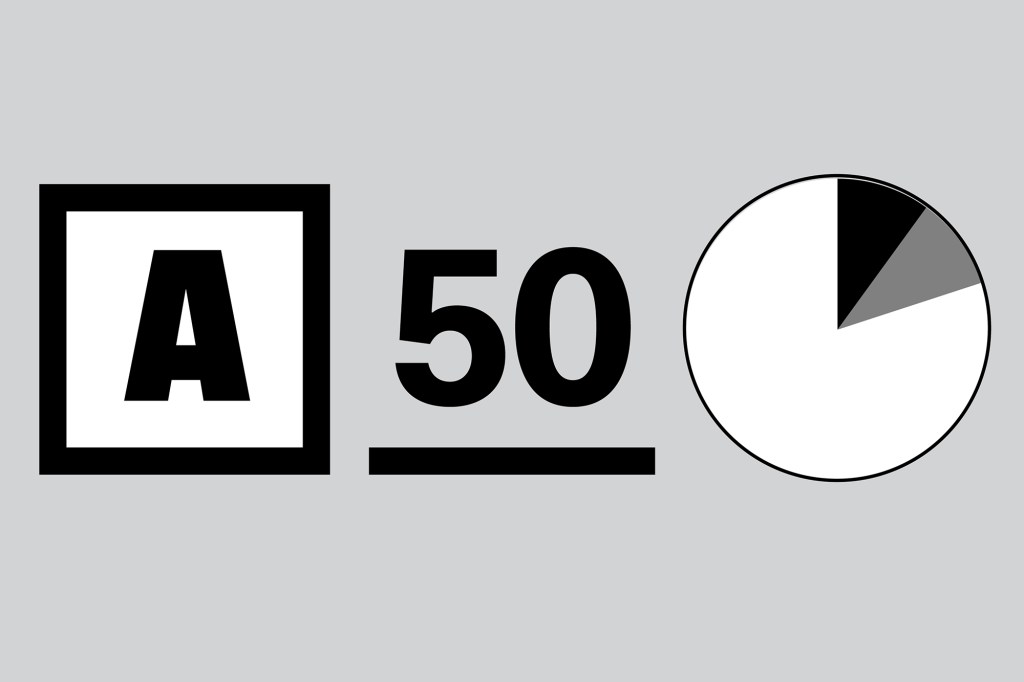ARCHITECT advertised the Architect 50 program in print and online, and also sent direct invitations to firms that either requested entry forms or that had participated in previous years. In all, 160 firms qualified. Data was from the 2017 fiscal year and was self-reported. Projects completed or in progress during the calendar year were included. Data was checked for consistency, and outliers were fact-checked. Karlin Research, a third-party research firm based in New York City, compiled the ranking and assured the confidentiality of the data. The architect 50 ranking is based on scores in three separate categories: design, sustainability, and business. To see which data points were used to generate scores in each category, see below.
DESIGN
14% Licensure, as measured by the percentage of designers licensed in their respective fields, the average percentage increase in salary or bonus paid upon licensure, and how the firm mentors young designers
07% Pro bono work, as measured by participation in Public Architecture’s 1+ program, the percentage of billable hours dedicated to pro bono, and the scope of the pro bono work
04% Design awards, including awards issued by architect and prominent institutions such as the AIA and the ASLA
03% Research, as measured by the percentage of profits invested in it and its scope and significance
72% A design portfolio, scored individually by Michael Maltzan, FAIA, Claire Weisz, FAIA, and Paul Andersen, AIA (see their bios here). Their scores were combined to create an overall score.
BUSINESS
56% Net revenue per employee
14% Profitability (positive change in net revenue from 2016)
13% Business practices, including the percentage of women and minority designers, percentage of new full-time positions, and voluntary staff turnover rate
17% Employee benefits, including ARE benefits, stock options, and the value and scope of other fringe benefits
SUSTAINABILITY
17% 2030 Commitment: Participation in the AIA’s 2030 Commitment program as well as submittal of a report of predicted energy use of active projects to the AIA in 2017
17% Energy and water metrics: Percentage of projects that were in design during 2017 that met or exceeded the 2030 energy target (70 percent better than a baseline building as measured by the 2003 Commercial Building Energy Consumption Survey or the 2001 Residential Energy Consumption Survey); that achieved a 20 percent reduction or greater in regulated potable water use than the standards of the U.S. Energy Policy Act of 1992; that incorporated simulated energy modeling to determine the energy use impacts of the project, and the percentage of those projects that used modeling during the conceptual or schematic design phrase of the project; that used daylight simulation modeling to reduce energy consumption by electric lighting or enhance occupant health or comfort; that used life-cycle assessments as a tool for reducing the embodied carbon footprint of a project or that took into account embodied carbon when making material selections; for completed projects with sufficient energy data available, the percentage for which firms gathered data to see if they were meeting the project goals and/or predicted performance; and finally, a firm’s approach toward resilient design, the use of material ingredients reporting to avoid chemicals of concern when sourcing materials, the approach to reducing embodied carbon in a project, and the scope of post-occupancy work
06% Employee certifications: The percentage of a firm’s design employees with Living Future, Passive House, WELL, Green Globes, Green Roof Professional, or LEED AP or Green Associate credentials (and the specialty LEED credentials represented at the firm), as well as the percentage increase in salary given to employees who achieve LEED AP accreditation
20% Building certifications: Points awarded on a sliding scale for projects that were in design during 2017 that were registered or certified for LEED, Living Building Challenge, Green Globes, Net Zero, Green Guide for Health Care, Energy Star, Passive House, and other leading certifications
40% A score for the green project that best demonstrated a firm’s commitment to sustainability and how it is an inherent part of the design process in three areas: energy, materials, and site ecology. Projects were scored individually by Vivian Loftness, FAIA, and Stephanie Carlisle (see their bios here). Their scores were combined to create an overall score.
The weight assigned to each data point was formulated after consulting with industry experts. Using the weights, scores were calculated and then normalized so the top scoring firm in each of the three categories would equal 100. The overall ranking was created by adding together the normalized scores from the three categories. Those scores were also then normalized, with the top firm given an overall total of 100.
Each firm’s performance was calculated relative to the performance of other firms. The firm with an overall score of 100, for example, did not necessarily top out on every indicator and category; it accumulated the highest composite score. Any ties in the overall list were broken using the scores ARCHITECT editors gave to the essays firms submitted about why they deserved to make the Top 50.
-
2018 Architect 50: The Top Firm Overall
WRNS Studio earns the top spot for a second time.
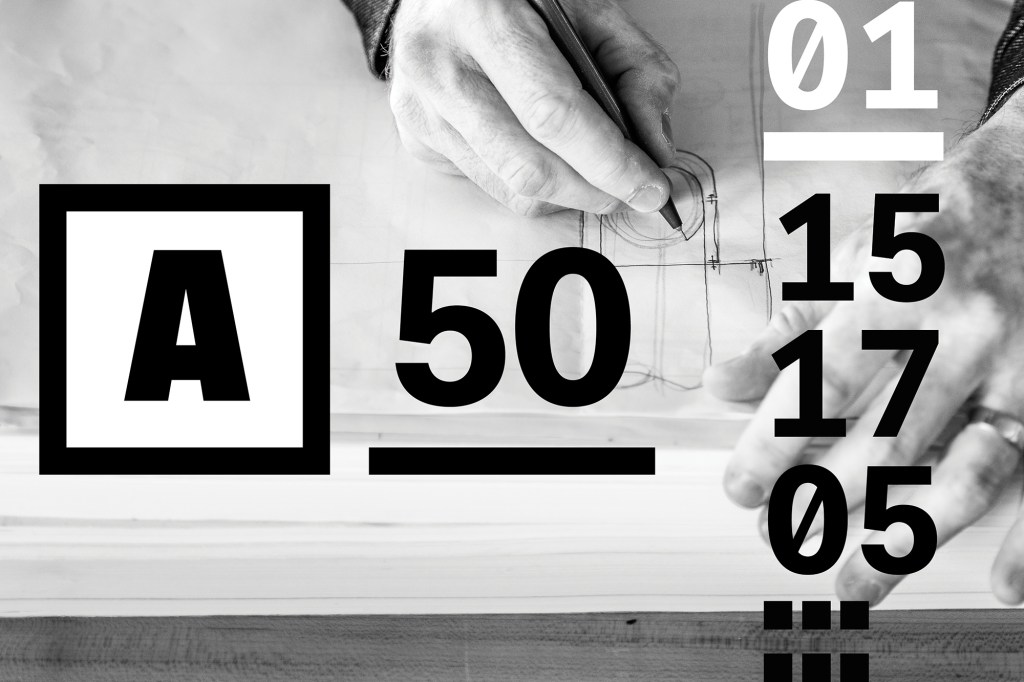
-
2018 Architect 50: Top 50 Firms in Design
Lorcan O'Herlihy earns the top spot for its amplified urbanism.
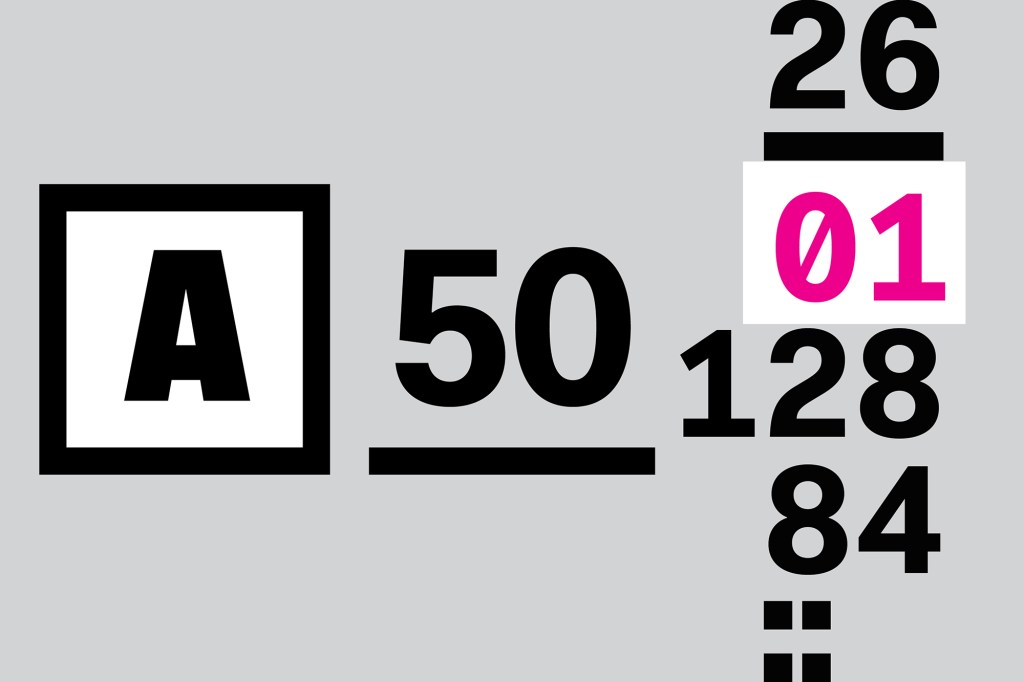
-
Architect 50: Top 50 Firms in Sustainability
The Miller Hull Partnership takes the top spot with its wide-ranging commitment to sustainable design.
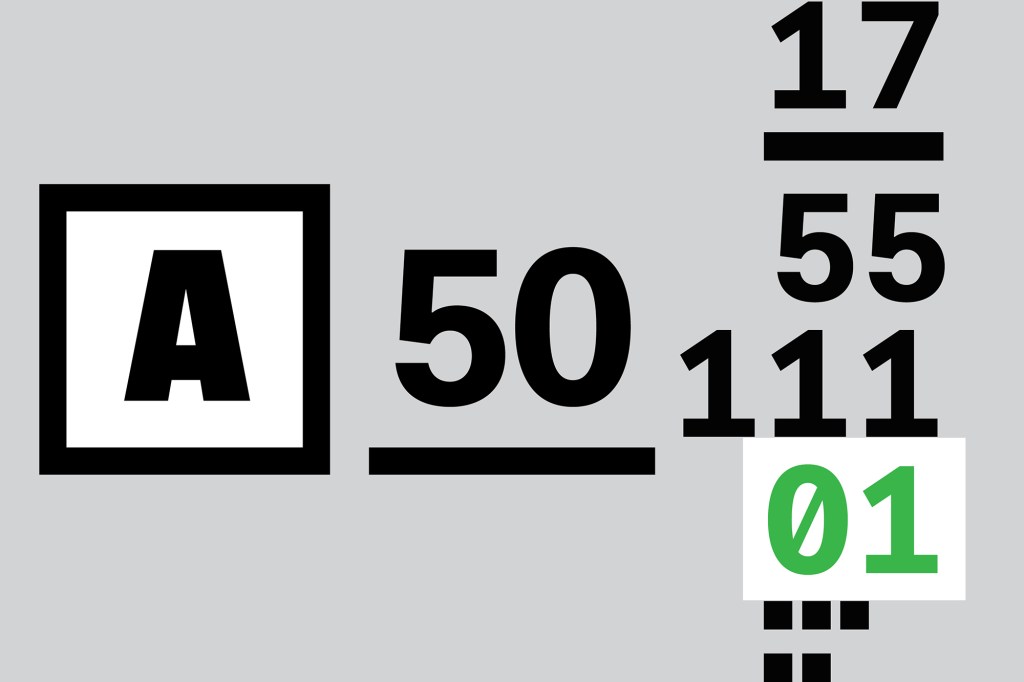
-
Architect 50: Top 50 Firms in Business
Hastings tops the list thanks to its enviable growth and employee-friendly policies.
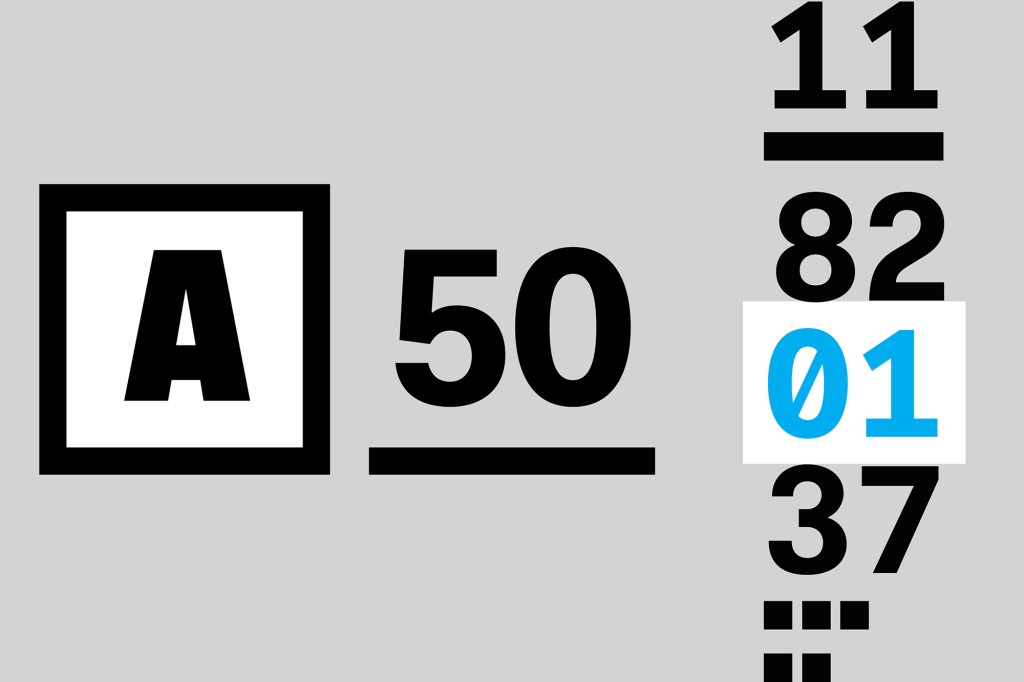
-
2018 Architect 50: Methodology
How we computed the rankings.

-
2018 Architect 50: A Deeper Dive Into the Data
How firms answered some of the key questions that contributed to this year's ranking.
